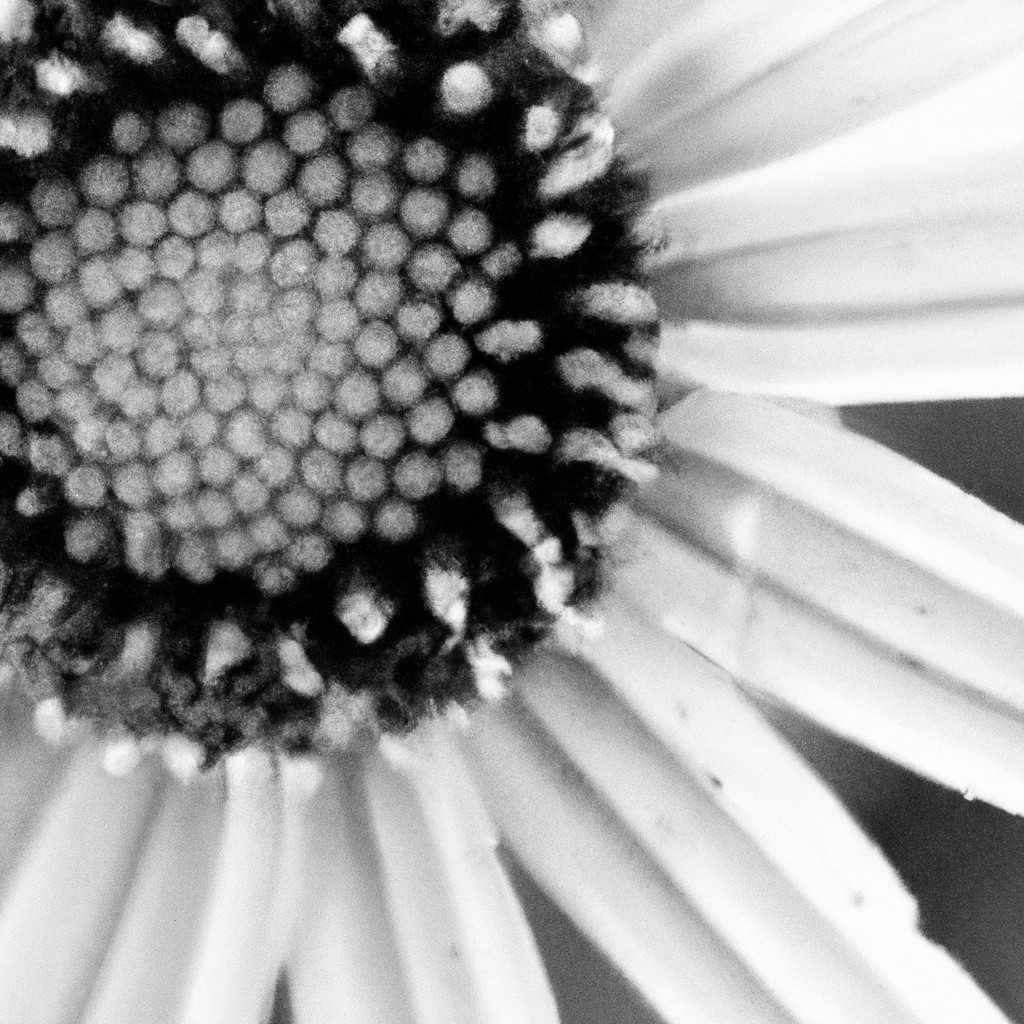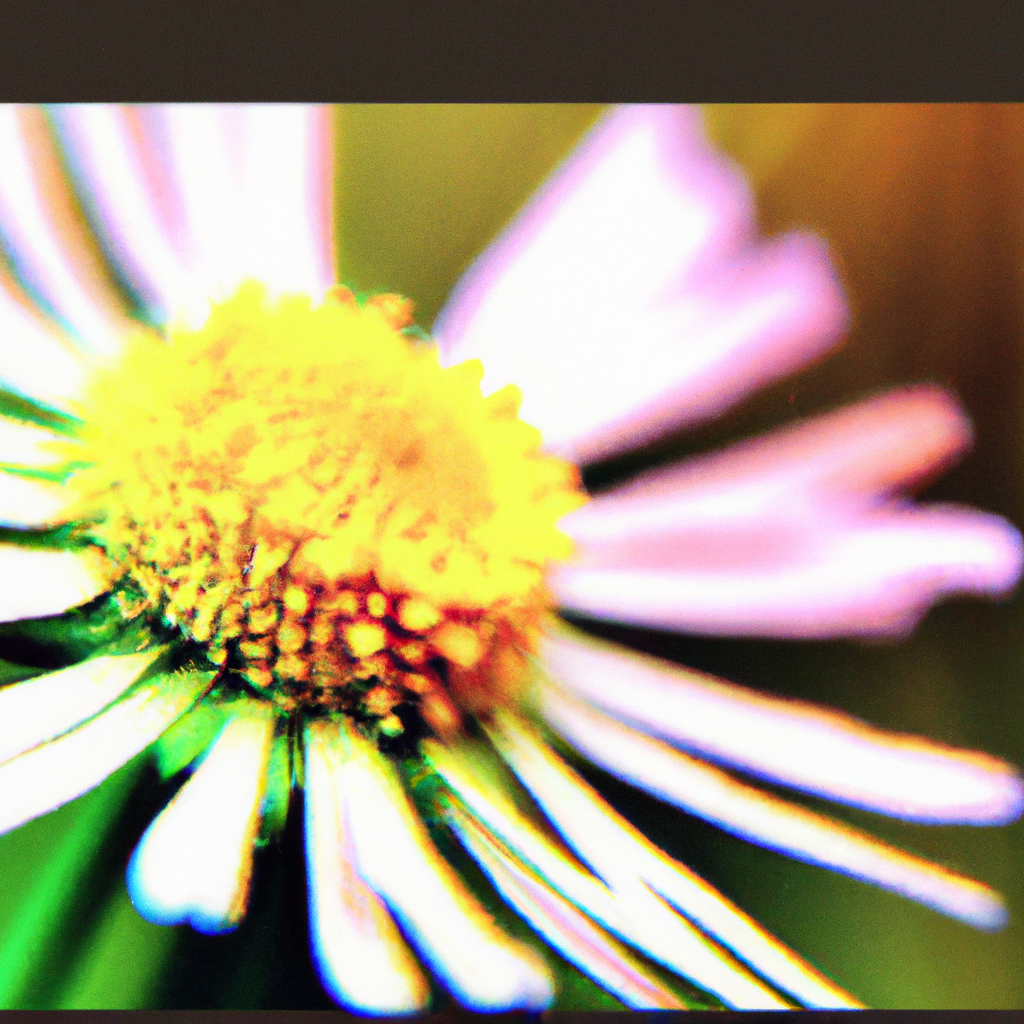Have you ever wondered about the hidden messages that wildflowers carry? In this fascinating article, we will delve into the language of nature and decode the meanings behind the enchanting blossoms of wildflowers. From the delicate petals of daisies to the vibrant hues of sunflowers, each wildflower holds a unique significance that can reveal a deeper connection to the natural world around us. Join us on this enchanting journey as we unravel the secrets of wildflower flower meanings and discover the beautiful messages they convey.
The Language of Nature: Decoding Wildflower Flower Meanings
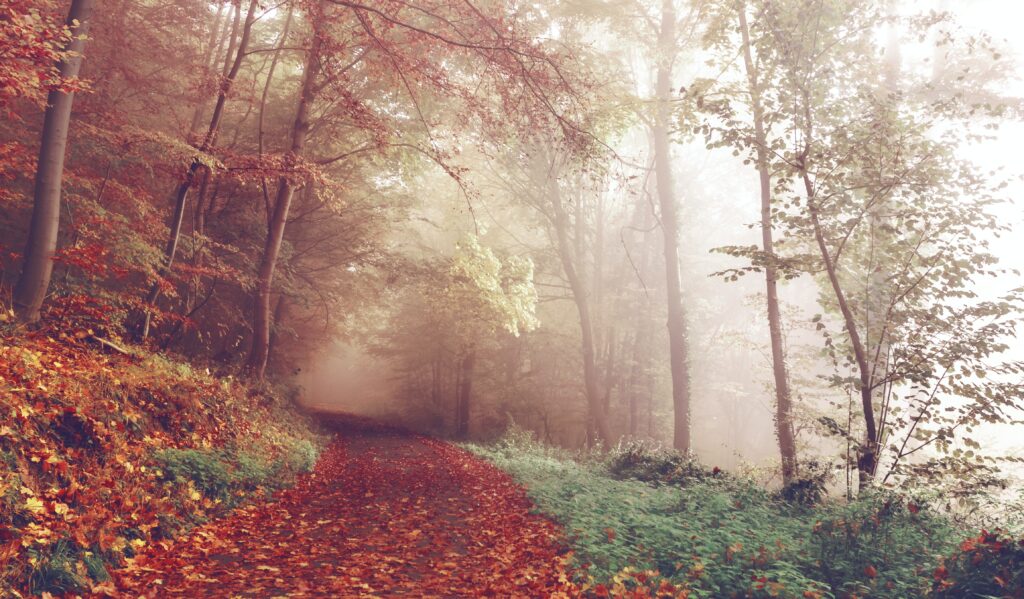
Introduction to Wildflower Flower Meanings
Have you ever come across a field of vibrant wildflowers and wondered about their hidden meanings? Wildflowers have been revered for centuries for their beauty and symbolism. In this article, we will delve into the fascinating world of wildflower flower meanings and how they have shaped our understanding of nature and ourselves.
History and Significance of Wildflowers
Wildflowers have been a source of fascination and inspiration for humans throughout history. From ancient civilizations to modern times, these delicate blooms have held great significance in various cultures. In ancient Greece, wildflowers were associated with the gods and were often used in religious ceremonies. Native American tribes used wildflowers to symbolize different aspects of their beliefs and traditions. As the years passed, wildflowers became a symbol of freedom, resilience, and the ephemeral nature of life.
Understanding the Language of Wildflowers
Just like any language, the language of wildflowers has its own set of rules and meanings. Each wildflower carries its own symbolism, which can vary depending on the color, shape, and scent of the bloom. For example, the vibrant red poppy is often associated with remembrance and sacrifice, while the delicate bluebell represents gratitude and humility. By understanding the language of wildflowers, we can gain a deeper appreciation for their beauty and the messages they convey.
Common Wildflower Flower Meanings
While the meanings of wildflowers can differ across cultures and regions, some interpretations remain quite universal. Here are a few common wildflowers and their meanings:
1. Daisy
The daisy, with its simple and cheerful appearance, is often associated with purity, innocence, and new beginnings. It is a symbol of hope and positivity, reminding us to embrace each day with a fresh perspective.
2. Sunflower
The sunflower’s bright and radiant petals have made it a symbol of joy, warmth, and happiness. It represents loyalty and adoration, making it a popular choice for expressing love and friendship.
3. Lavender
Lavender, known for its soothing scent and vibrant purple color, is often associated with serenity, grace, and elegance. It symbolizes tranquility and inner peace, making it a popular choice for aromatherapy and relaxation.
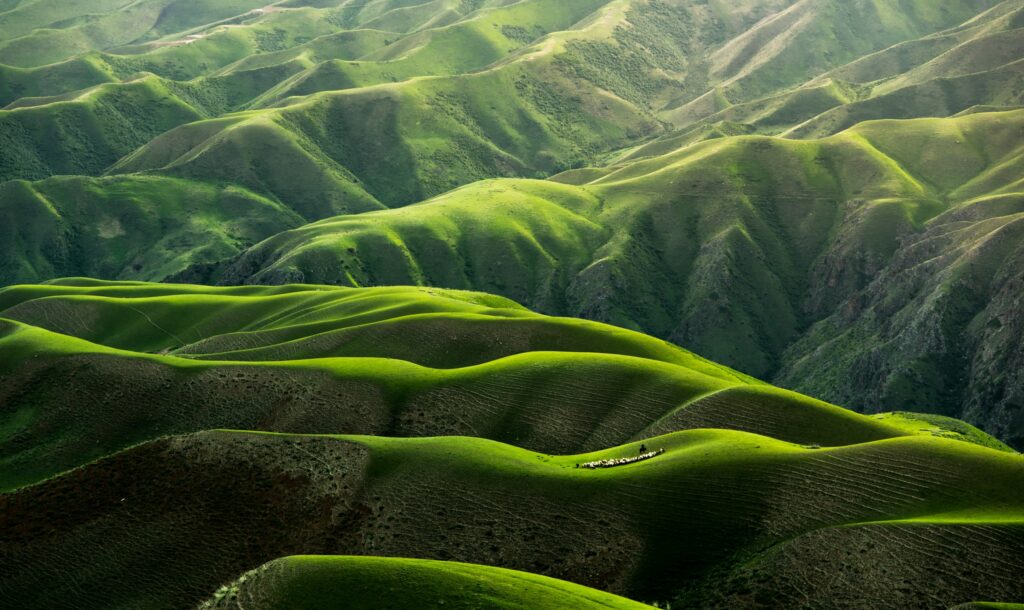
Symbolism and Cultural Significance
The significance of wildflowers extends beyond their individual meanings. These delicate blooms often hold cultural significance and have been used to represent entire nations and movements. The symbol of the rose, for example, holds different meanings in different cultures. In Western societies, the rose is commonly associated with love and romance, while in some Asian cultures, it symbolizes beauty and purity. Understanding the cultural symbolism of wildflowers can provide valuable insights into the beliefs and values of different societies.
The Role of Wildflowers in Mythology
Wildflowers have also played a significant role in mythology and folklore. In ancient Greek mythology, the narcissus flower was born from the tears of the vain youth, Narcissus. It has since become a symbol of self-love and reflection. Similarly, the lotus flower, revered in Hindu and Buddhist mythology, represents enlightenment and spiritual growth. These mythological tales remind us of the power of wildflowers to convey profound messages and capture the human imagination.
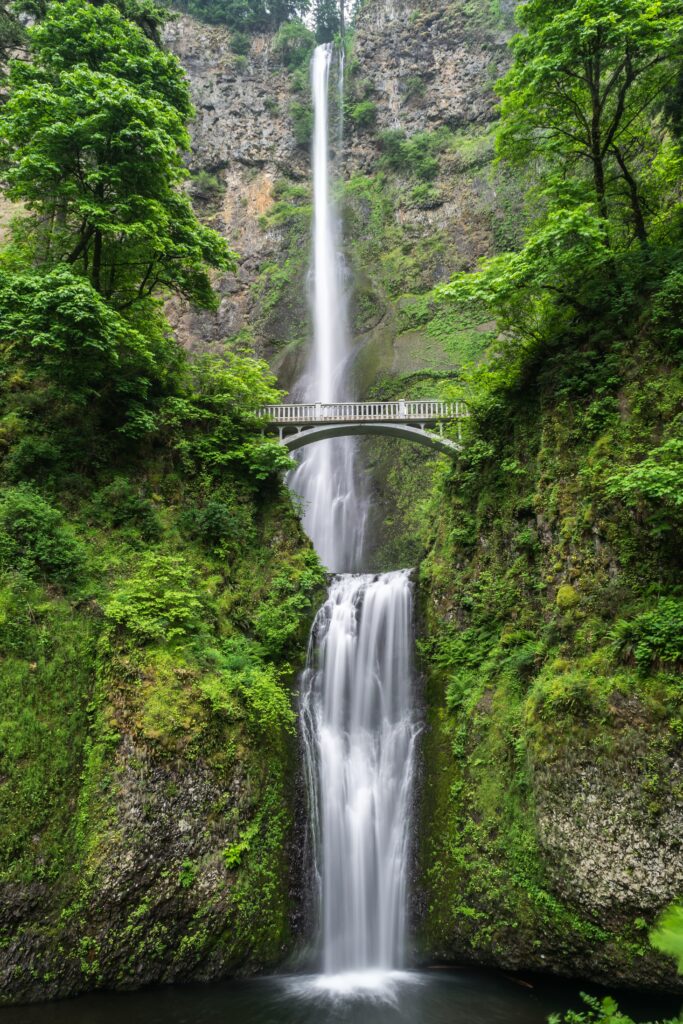
Exploring Regional Wildflower Meanings
While some wildflower meanings are universally recognized, others are specific to certain regions or cultures. For example, in Japan, the cherry blossom represents the transient nature of life and is celebrated during the annual Hanami festival. In North America, the goldenrod flower symbolizes good luck and prosperity. Exploring regional wildflower meanings not only deepens our understanding of different cultures but also allows us to appreciate the diversity of nature’s messages.
How to Decode Wildflower Flower Meanings
Decoding the language of wildflowers can be a rewarding and enriching experience. To begin, familiarize yourself with the meanings of common wildflowers and their cultural significance. Keep in mind that interpretations may differ, so it’s always helpful to consult multiple sources. Pay attention to the color, shape, and scent of the flower, as these characteristics often contribute to its symbolism. Finally, trust your intuition and personal connection with the flowers, as your own experiences and emotions can help unravel their hidden meanings.
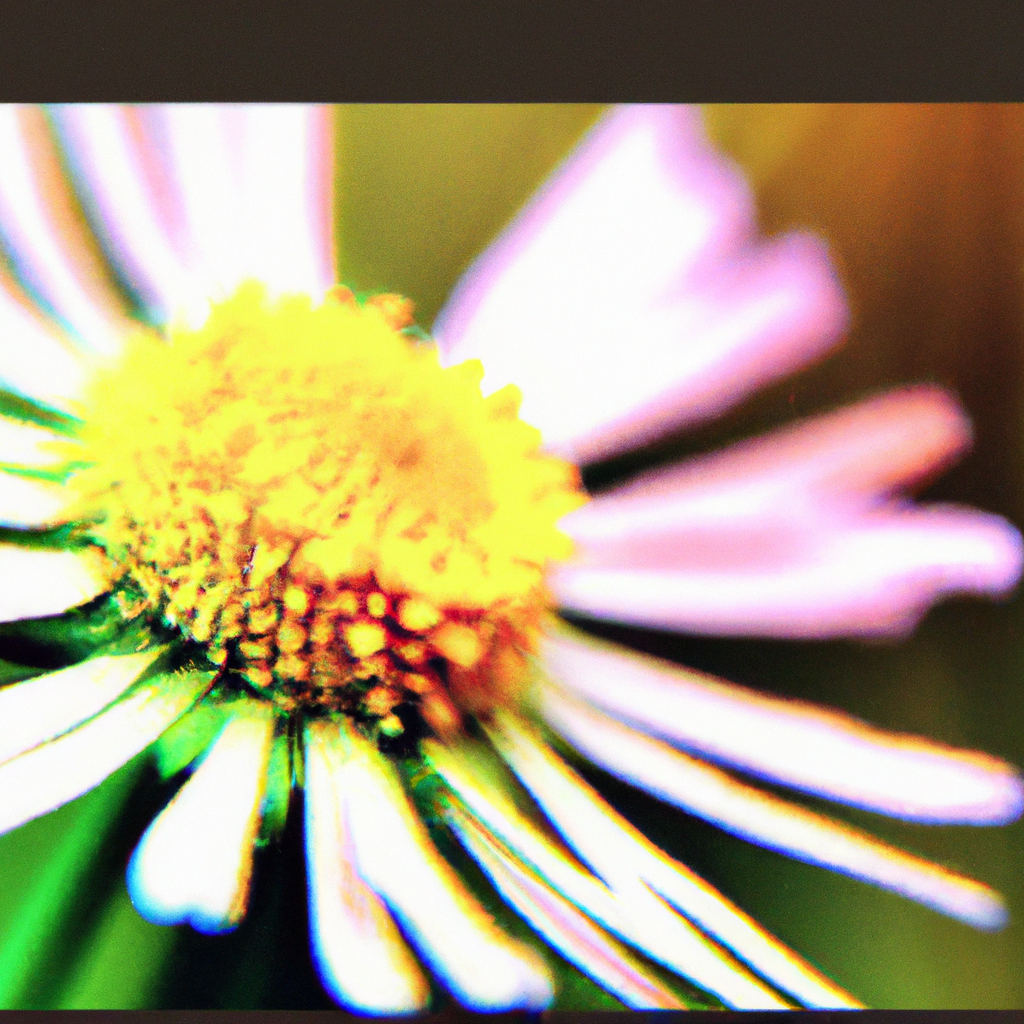
Wildflowers in Literature and Art
Wildflowers have not only captured the hearts of poets and artists but have also become powerful symbols in literature and art. From Shakespeare’s Sonnet 18 comparing a loved one to a summer’s day to Vincent van Gogh’s famous “Sunflowers” series, wildflowers have inspired countless creative works. These artistic representations not only showcase the beauty of wildflowers but also explore the deeper emotions and meanings associated with them.
Preserving and Cultivating Wildflowers
As we immerse ourselves in the world of wildflower flower meanings, it is essential to consider the importance of preserving these precious blooms. Due to urbanization and environmental changes, many wildflower species are facing the threat of extinction. By actively cultivating wildflowers in our gardens and supporting conservation efforts, we can ensure their survival for future generations to enjoy. Planting native wildflowers and creating wildflower habitats are simple yet impactful ways we can contribute to their preservation.
In conclusion, the language of wildflower flower meanings offers us a unique and insightful way to connect with nature. By understanding the history, significance, and cultural context of wildflowers, we can deepen our appreciation for their beauty and the powerful messages they convey. So, the next time you encounter a field of wildflowers, take a moment to decode their hidden meanings and let their language speak to your soul.
